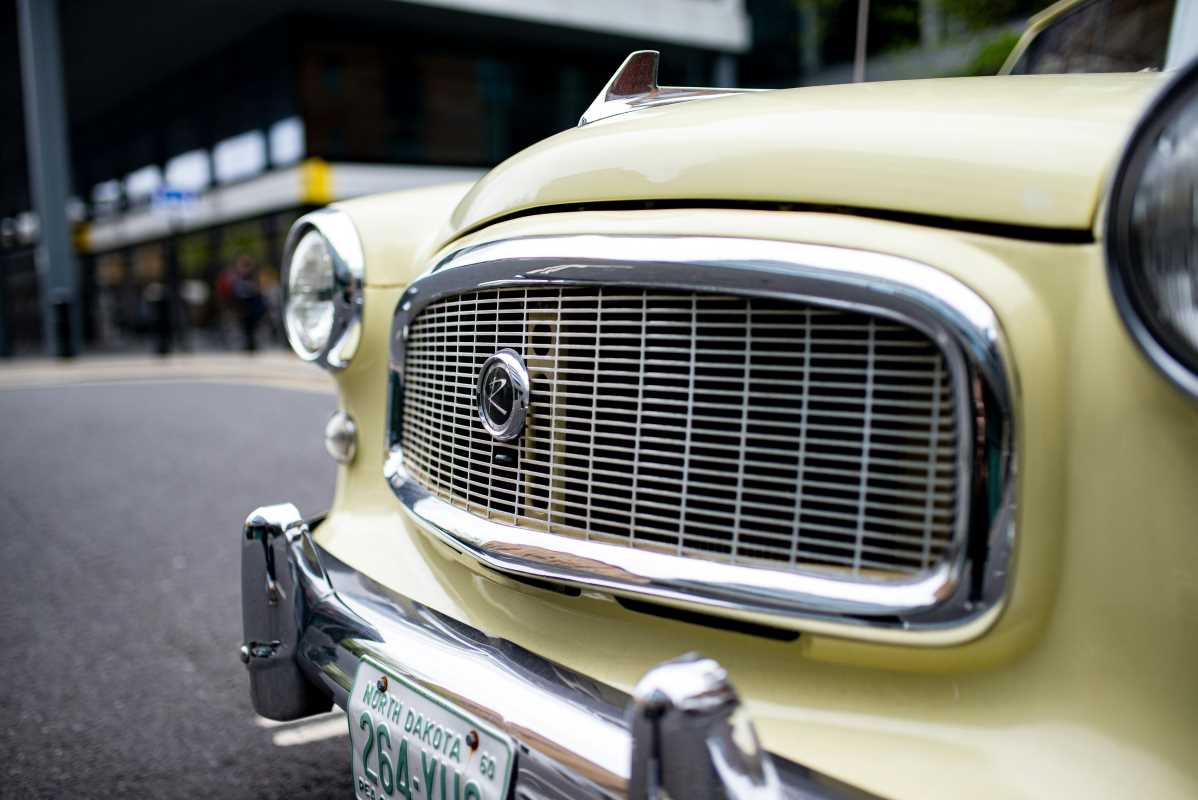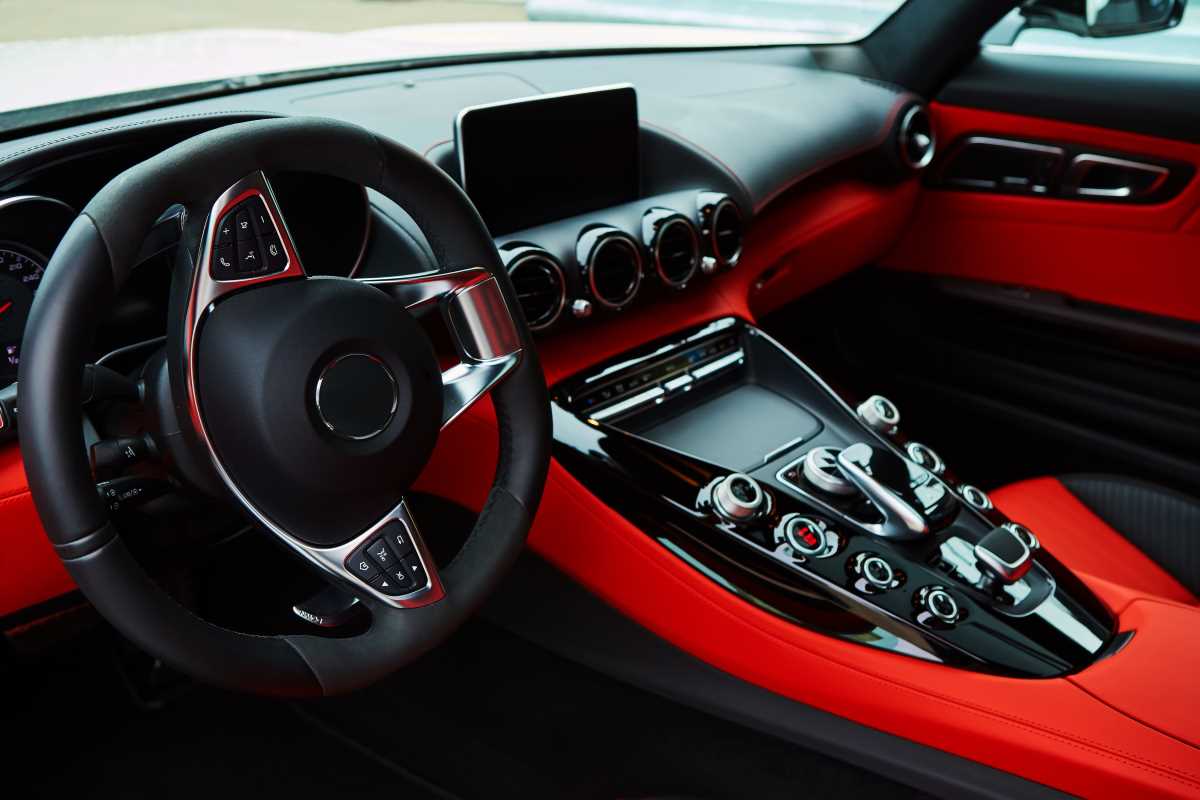Restoring a classic car is more than a hobby; it's a passionate journey into the past, breathing new life into timeless designs and engineering marvels. Enthusiasts worldwide engage in the intricate process of bringing vintage automobiles back to their former glory, cherishing every detail that makes these cars iconic. The allure of classic car restoration lies in preserving history and celebrating the artistry and craftsmanship that defined an era of automotive excellence.
Vintage aesthetics play a crucial role in this restoration process. Every curve, chrome detail, and original component contributes to the car's authentic character. Among these elements, vintage mirrors and retro radios stand out as essential features that enhance both the look and functionality of restored classics. These components are not just accessories; they symbolize the era they represent, adding a layer of nostalgia and sophistication that modern parts often lack.
The Charm of Vintage Mirrors
Vintage mirrors are more than just reflective surfaces; they are statement pieces that define the character of a classic car. These mirrors come in various styles, each reflecting the design trends and technological advancements of their time. Choosing the right mirror is pivotal in achieving an authentic restoration that honors the original design.
- Round Side Mirrors: Often found on muscle cars of the 1960s, these mirrors feature a simple, uncluttered design that emphasizes the car's aggressive lines.
- Oval Rearview Mirrors: Popular in the 1950s, these mirrors add a touch of elegance and are typically mounted on the windshield or the dashboard.
- Decorative Wing Mirror Covers: These covers protect the mirrors and enhance their aesthetic appeal with intricate designs and chrome finishes.
- Integrated Signal Mirrors: Combining functionality with style, these mirrors include turn signal indicators that were ahead of their time.
Selecting the right type of mirror involves balancing aesthetic appeal with functionality. Restorers often seek mirrors that mirror the original specifications, ensuring that every angle and curve aligns with the vehicle's heritage. Also, the quality of materials used in these mirrors can significantly impact the overall restoration, as authentic glass and chrome finishes contribute to the car's timeless appeal.
Embracing Retro Radios
Retro radios are a hallmark of classic car interiors, bringing a sense of nostalgia and authenticity that modern audio systems often fail to replicate. Integrating these radios into restored vehicles requires careful consideration of both design and functionality, ensuring that they complement the car's overall aesthetic while providing reliable performance.
- Kenwood Radios: Known for their durable construction and superior sound quality, Kenwood retro radios are a favorite among classic car enthusiasts.
- Pioneer Classics: Pioneer offers a range of vintage-style radios that blend seamlessly with classic interiors, featuring wood paneling and analog dials.
- McIntosh Audio: McIntosh provides high-end retro radios that not only deliver exceptional audio performance but also serve as elegant design elements.
- JL Audio Retro Series: JL Audio's retro radios are designed to fit perfectly into a variety of classic car models, offering both authenticity and modern reliability.
- Alpine Retro Models: Alpine combines timeless design with cutting-edge technology, ensuring that their retro radios meet the needs of today's drivers while maintaining classic charm.
Choosing the right retro radio involves more than just selecting a visually appealing model. Restorers must consider the radio's compatibility with the vehicle's electrical system, ease of installation, and sound quality. By prioritizing these factors, enthusiasts can ensure that their restored classic car not only looks the part but also provides an enjoyable and authentic driving experience.
Trends in Classic Car Restoration
The world of classic car restoration is ever-evolving, with enthusiasts continually seeking new ways to enhance authenticity and preserve the integrity of original designs. Current trends emphasize meticulous attention to detail and a commitment to historical accuracy, ensuring that every restoration project honors the vehicle's legacy.
One of the prominent trends is the use of modern technologies to aid in the restoration process without compromising the car's original character. 3D printing, for instance, allows restorers to create precise replicas of rare or discontinued parts, making it easier to maintain historical accuracy. Advances in paint technology enable the replication of original colors and finishes with greater fidelity than ever before.
The popularity of custom upholstery and interior detailing is also on the rise, with many restorers opting for period-appropriate fabrics and materials. This trend not only enhances the car's comfort but also reinforces its historical authenticity. Furthermore, the revival of classic performance enhancements, such as original-style engine upgrades and suspension systems, allows enthusiasts to enjoy both the look and the performance of their restored vehicles.
Challenges and Rewards
Classic car restoration is not without its challenges. One of the primary obstacles is sourcing authentic parts, as many components are no longer in production. This scarcity often requires restorers to seek out rare parts through specialized dealers, online marketplaces, or salvage yards, which can be time-consuming and costly.
Another significant challenge is the technical expertise required to restore complex mechanical and electrical systems accurately. Restorers must possess a deep understanding of automotive engineering and often need to troubleshoot and innovate to overcome unforeseen issues during restoration. Balancing the preservation of original elements with necessary modern upgrades demands a delicate touch and a keen eye for detail.
Despite these hurdles, the rewards of classic car restoration are immense. Successfully restoring a vehicle to its original splendor is a gratifying achievement that combines craftsmanship, history, and personal passion. The process cultivates a deep appreciation for automotive heritage and provides a tangible connection to the past. Moreover, the restored classic car can become a source of pride, joy, and even financial value, serving as a testament to the restorer's skill and dedication.
The Future of Classic Car Restoration
As technology continues to advance, the future of classic car restoration looks promising, blending traditional craftsmanship with innovative tools. Emerging technologies such as augmented reality (AR) and virtual reality (VR) are beginning to play a role in the restoration process, offering new ways to visualize and plan restoration projects. These tools can help restorers better understand the complexities of original designs and experiment with modifications before actual implementation.
Electric and hybrid powertrains are also making their way into classic car restoration. While purists may resist these changes, the integration of eco-friendly technologies presents an opportunity to enhance the performance and sustainability of vintage vehicles without sacrificing their timeless appeal. Advancements in materials science are enabling the creation of lightweight, durable parts that can withstand modern driving conditions while maintaining original specifications.
The market for classic cars continues to grow, attracting a new generation of enthusiasts eager to invest in restoration projects. This growing interest is supported by an expanding network of online communities, specialized restoration shops, and educational resources, making it easier than ever for hobbyists to embark on restoration journeys. As the community evolves, the future of classic car restoration will likely see a harmonious blend of preservation and innovation, ensuring that these automotive treasures remain cherished for generations to come.
Classic car restoration is a rewarding endeavor that celebrates the beauty and craftsmanship of bygone eras. By embracing vintage mirrors, retro radios, and the latest restoration trends, enthusiasts can create stunning, authentic replicas that honor the legacy of these timeless vehicles. Despite the challenges, the dedication and passion of restorers ensure that classic cars continue to thrive, preserving automotive history while inspiring future generations to appreciate and engage in this remarkable art form.
 (Image via
(Image via





